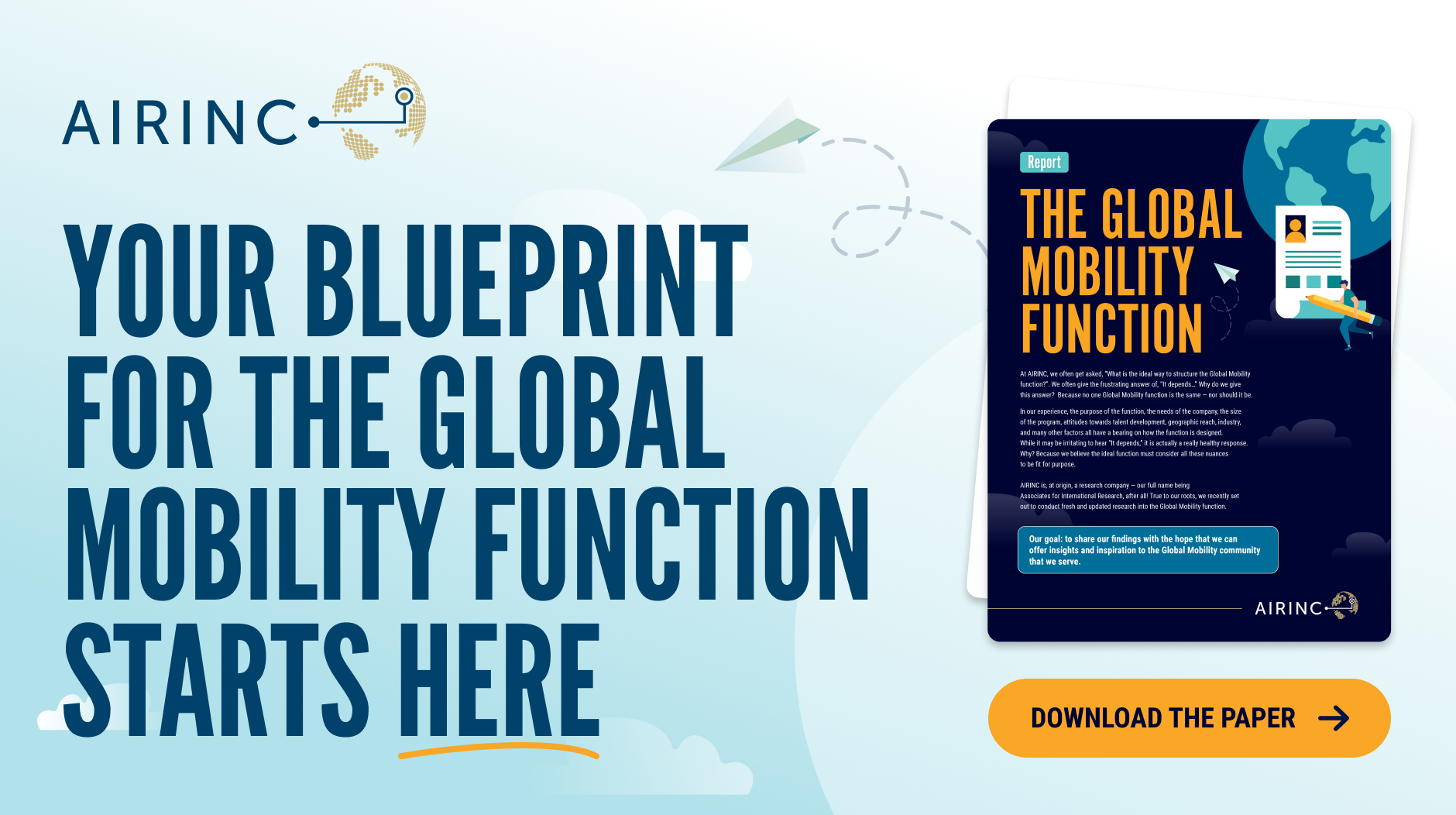When I started working in Global Mobility, it was pretty vanilla. There was really only one way to deploy talent internationally: the long-term international assignment. Everyone got the same set of benefits on the same policy. Mobility’s client was the employee, and the function worked largely on relocating and supporting employees and their families on assignment. Most operations were performed in-house with limited support from outsourced partners.
Things progressed over the years to be more Neapolitan: vanilla, chocolate, and strawberry. Mobility started to support more assignment types: short-term and permanent moves, as well as the traditional long-term assignment. The primary client was still the employee, but the function started to rely on outsourced partners, and it became more common to employ a co-sourced partner model.
Fast forward to today: working in Mobility is like walking into a gourmet ice cream shop! Not only are there dozens of ice cream flavors, but there is also an infinite choice of toppings from hot fudge sauce to gummy bears… as well as choices about whether to put said ice cream on a sugar cone, waffle cone, or in a cup! Ice cream is pretty delicious, but I admit to some anxiety when faced with so many choices and I often don’t know where to start!
And that is what it can feel like working in Mobility these days: a dizzying spectrum of activity which includes supporting multiple ways to deploy talent -- internationally or domestically — across a diverse client base of the employee, the business, HR, and talent acquisition… all while trying to satisfy an array of business investment and employee experience preferences.
To address this spectrum of activity, Global Mobility Teams are having to:
- Offer flexible policy approaches (a flexible choice of ice cream and toppings)
- Advise the business on the best way to deploy talent (recommendations on the right ice cream and the topping combinations)
- Rely on technology and data to help make good decisions (picking the right ice cream based on readily available facts)
- Select and manage a bevy of external partners (the people who supply the ingredients and help make the ice cream)
To kick off this blog series, we delve into the realm of flexible approaches.
OFFERING FLEXIBLE APPROACHES
Your policy approach should be fit for purpose. What’s right for one company is not right for another. You have to design an approach that fits your reasons for having mobility. Some companies are more straightforward and have a more Neapolitan need for short-term, long-term, and one-way moves. These companies have simple policy frameworks. But increasingly, companies have the entire ice cream shop of needs, and they need to be more flexible.
The four key ingredients are:
- The purpose of an assignment or transfer
- The desired investment in a mobility use case
- The time length of the need
- The desired employee experience
These four ingredients appear deceptively simple, but the permutations between these factors are almost infinite when you consider all the variables:

You would end up with too many policies to manage if you try to design a policy for every purpose, investment level, length, and experience. That is why it is critical to design a policy approach that works for the variables at your company.
Increasingly, the policy approaches we design are not your traditional policy where a document is created to codify what the company will and won’t provide. More commonly, guardrails are established to outline the minimum and maximum support available and the ways that it can be provided -- from cash to physical or logistical support -- and how the employee can tailor it to their needs.
Overlaying the guardrails is a decision guide that considers the particulars of the deployment as well as the employee’s need, resulting in a recommendation based on the inputs.
This can be achieved by leveraging technology or through human consultation.
The same inputs will lead to the same result each time, offering standardization. On the other hand, the approach also allows for flexibility since different inputs will drive different results. This approach calls for a structured fit-for-purpose flexible “policy” that aligns to the purpose of the assignment and meets the business’s budget, all while giving the employee the support they need based on the purpose, length, and employee preferences.
It also creates a future-proof infrastructure in which the building blocks underlying the guardrails can be curated in new ways to meet new mobility use cases as they come up
Read more in our latest download.
And subscribe to our blog AIRSHARE.





%20(9)-1.png)

%20(26).png)

